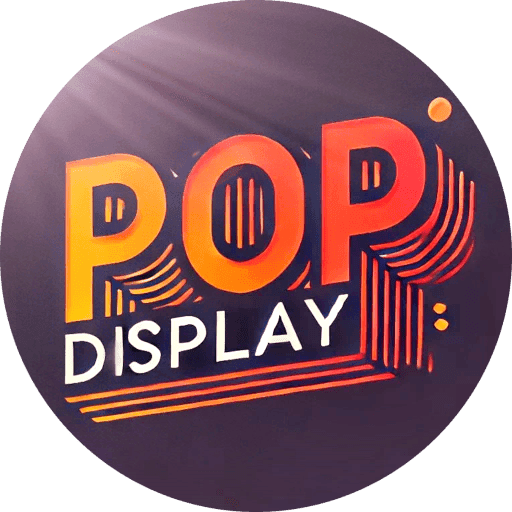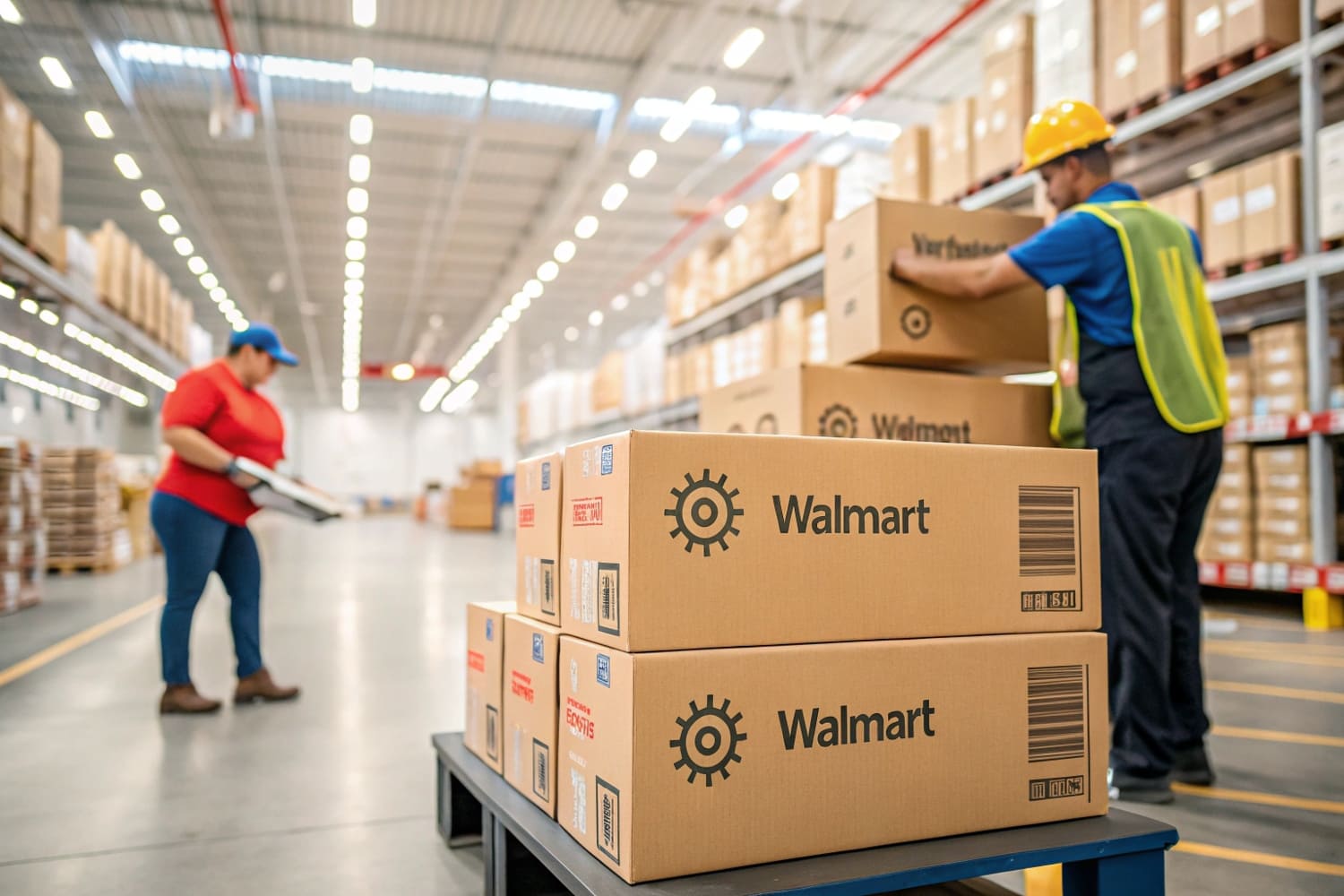When it comes to selling products in large retail chains like Walmart and Target, understanding and meeting their compliance requirements is crucial. These stores have very specific guidelines that manufacturers must follow to ensure their products are accepted on shelves. This becomes even more challenging when you’re dealing with markets in different countries, like the US and Australia.
To meet compliance requirements for Walmart and Target, manufacturers need to follow their specific guidelines for product design, packaging, labeling, and shipping. These requirements can vary slightly between the US and Australian markets, but understanding the basic standards can make the process smoother.
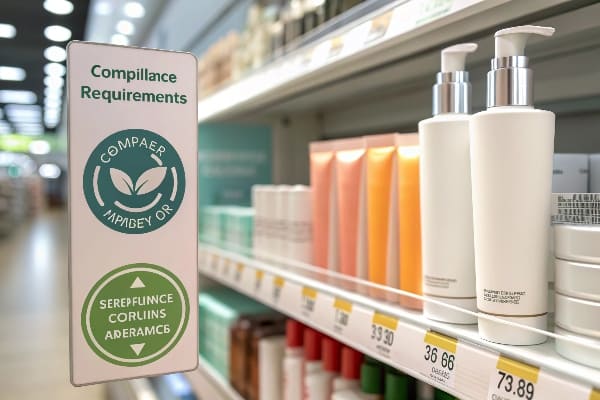
Understanding compliance is the first step in getting your product on the shelves. Next, let’s dive into the specifics that you need to know to succeed in these markets.
What Are the Dieline Specs for Walmart and Target’s Baby Aisle in the US?
If you’re designing packaging for the baby aisle at Walmart or Target, you need to be aware of the dieline specifications. A dieline is a template for packaging that shows where cuts, folds, and creases will occur. For baby products, both Walmart and Target have very specific dieline requirements to ensure products fit on shelves properly and look attractive to customers.
For the baby aisle in the US, Walmart and Target have detailed dieline specifications that must be followed to ensure your product’s packaging fits their shelves and complies with their standards. These specs can vary depending on the type of product, but they generally include size limits, branding placement, and material specifications.
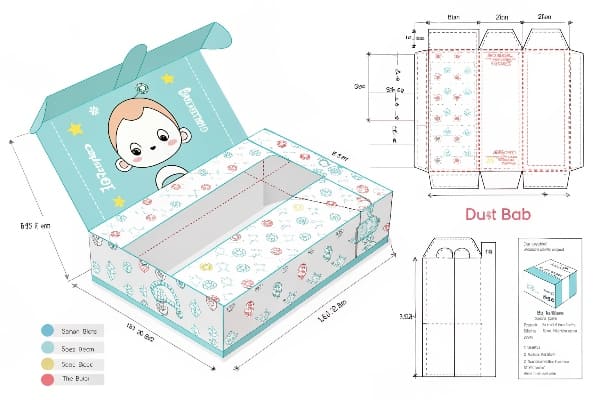
Dieline Specifications: Key Points
Both Walmart and Target have specific guidelines for baby aisle packaging1, which include detailed measurements and requirements for product branding2, material strength3, and visual presentation. Understanding these requirements is crucial, as any mistake can lead to your product being rejected or delayed from reaching shelves.
Size and Shape Considerations
The size and shape of your packaging must be optimized for retail shelving4. Walmart and Target typically require manufacturers to adhere to specific dimensions based on their shelf space5. These measurements must be precise to ensure that the product displays properly in the baby aisle6.
Branding and Label Placement
For both stores, branding must be clearly visible, and product labeling7 must be legible. You’ll need to follow their guidelines for logo placement8, font size, and product description. This not only ensures your product meets their requirements but also helps it stand out on the shelf.
Material and Strength Requirements
Both Walmart and Target are stringent when it comes to the materials used in packaging. For baby products, packaging9 must be durable enough to withstand handling during shipping and in-store stocking. Materials need to meet safety standards10, especially since baby products must adhere to stricter safety regulations.
How to Design a Sidekick with Floor Stand for Both the Australian and US Markets?
Designing a sidekick display with a floor stand that works for both the US and Australian markets requires an understanding of the unique requirements in each country. Retailers like Walmart and Target in the US and stores in Australia have different expectations for product displays, even though there are many similarities.
When designing a sidekick display with a floor stand for both markets, ensure that the design complies with both countries’ safety standards, weight limits, and visual preferences. While the structural design will be similar, the graphics, size, and weight must meet the specific expectations of each market.

Key Design Elements for the US Market
In the US, sidekick displays11 for Walmart and Target must be sturdy and lightweight, with clear visual appeal. The stand should support the weight of the product, which can range from lightweight toys to heavier items like electronics. The floor stand’s material must be durable, but it also needs to be cost-effective for large-scale production.
For the design, vibrant colors12 and eye-catching graphics13 work well in the US market. Bright and bold visuals attract attention, and product branding should be front and center. Ensure that the product name and key selling points are easy to read from a distance.
Key Design Elements for the Australian Market
Australia has its own set of design expectations14. While the stand must still be sturdy, the material choices might differ slightly due to cost considerations and availability of resources in Australia. For example, cardboard might be a popular choice for the US market, but in Australia, it’s common to see more metal or plastic-based materials15 used in certain display setups.
When it comes to graphics, Australian retailers tend to prefer more minimalistic designs16 with a focus on functionality. The branding should still be visible, but Australians value clear, concise messaging over the flashy, high-energy visuals preferred in the US.
How to Ensure Your Baby Aisle Product Design Meets Walmart and Target Standards?
Baby products are held to very high standards in both Walmart and Target, as safety and quality are paramount in this category. To ensure your product design meets the standards of both retailers, there are several factors you need to take into consideration.
To meet Walmart and Target standards for baby aisle products, focus on safety certifications, packaging design, and durability. Both retailers have strict guidelines that must be followed to ensure your product is safe for babies and children.
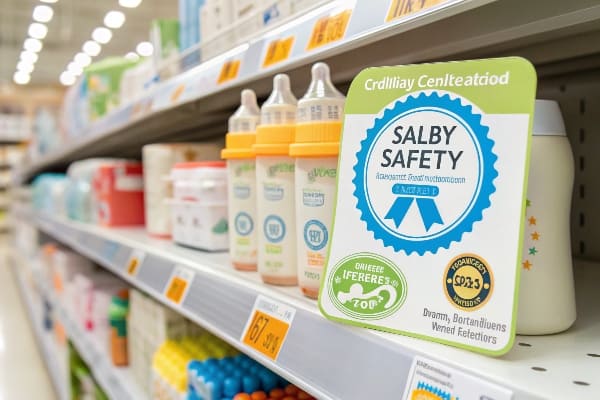
Safety Certifications
Walmart and Target require baby products to be certified as safe for use. This means that your product must meet specific safety standards17 set by agencies like the Consumer Product Safety Commission (CPSC)18 in the US or the Australian Competition and Consumer Commission (ACCC)19 in Australia. Both retailers will require proof of these certifications before accepting your product on their shelves.
Packaging and Labeling
Packaging for baby products needs to follow strict guidelines to ensure safety and ease of use. For example, products must be packaged in a way that prevents tampering and protects against accidental opening by children. Additionally, packaging must include clear labeling20 with age-appropriate warnings21 and instructions for use.
Durability and Quality
The durability22 of the product is just as important as safety. Both Walmart and Target expect baby products to be made from high-quality materials23 that will last over time. The design must withstand wear and tear24, especially if the product is something that will be used frequently, like a toy or baby care item.
How do you put your products on a Walmart shelf?
Getting your products on a Walmart shelf requires careful planning and understanding of Walmart’s stringent requirements. The process involves meeting product and packaging standards, ensuring that your product is available for mass distribution, and working through Walmart’s vendor compliance system.
To get your products on a Walmart shelf, make sure they meet Walmart’s compliance standards, have the right certifications, and are packaged according to their specifications. You’ll also need to be prepared for potential inspections and audits to ensure ongoing compliance.
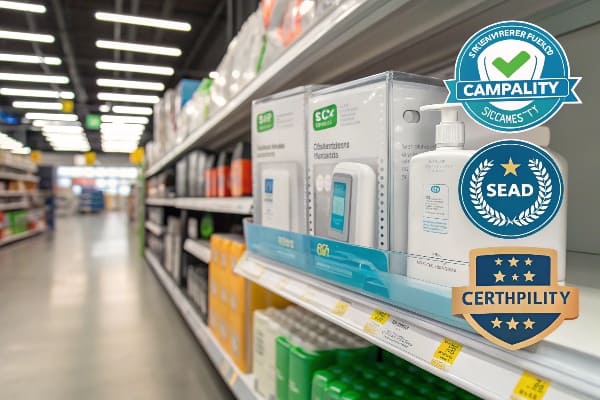
Meeting Walmart’s Compliance Standards
Walmart has a comprehensive vendor compliance program25 that ensures all products meet the required standards. This includes product safety26, labeling, packaging, and sustainability27. To get your product on a Walmart shelf, you must be a registered vendor, complete the necessary paperwork, and ensure that your product is compliant with all of Walmart’s guidelines.
Certifications and Documentation
Before your product can be placed on Walmart’s shelves, you’ll need to provide documentation of all required certifications28. These may include safety certifications29, product quality certifications30, and any other relevant documents that prove your product meets Walmart’s standards. Make sure to keep all documents organized and readily available for Walmart’s review.
Distribution and Shelf Readiness
Once your product is approved, it’s time for distribution. Walmart has specific guidelines for packaging and labeling31 that ensure the product can be easily stocked on their shelves. Your product will be subject to inspection before it is placed on the shelf, so make sure it’s ready for this final step in the process.
Conclusion
Understanding and meeting the compliance requirements of Walmart and Target in both the US and Australia is essential for getting your products on the shelves. Follow the standards for packaging, design, and certifications to ensure your products meet these retailers’ expectations.
Explore this link to understand the specific packaging requirements for baby products at major retailers, ensuring compliance and success. ↩
Discover insights on the significance of product branding in retail packaging to enhance visibility and sales. ↩
Learn about the essential material strength standards for packaging to prevent product damage and ensure safety. ↩
Understanding packaging optimization can enhance product visibility and sales in retail environments. ↩
Learn how retailers set shelf dimensions to maximize product placement and sales effectiveness. ↩
Explore strategies to improve product displays in the baby aisle, increasing customer engagement and sales. ↩
Improving product labeling can significantly boost customer engagement and sales by making information clear and appealing. ↩
Learning about effective logo placement can ensure your brand is recognized and remembered by customers, enhancing brand loyalty. ↩
Understanding packaging best practices can help ensure safety and durability for baby products, which is crucial for retailers like Walmart and Target. ↩
Exploring safety standards will provide insights into the regulations that ensure baby products are safe for consumers, which is vital for compliance. ↩
Explore this link to learn effective strategies for creating impactful sidekick displays that attract customers and boost sales. ↩
Discover how vibrant colors can enhance customer engagement and improve product visibility in retail environments. ↩
Find out how eye-catching graphics can significantly increase customer interest and drive sales in retail settings. ↩
Understanding design expectations can help you tailor your approach to meet local preferences and enhance your market success. ↩
Discovering the advantages of these materials can inform your choices for durable and cost-effective display solutions in Australia. ↩
Exploring the reasons behind minimalistic design preferences can provide insights into effective branding strategies in Australia. ↩
Learning about safety standards is crucial for ensuring your baby products are compliant and safe for consumers. ↩
Understanding the CPSC’s role can help you ensure compliance with safety standards for your products. ↩
Exploring ACCC’s standards will guide you in meeting safety requirements for products in Australia. ↩
Clear labeling is vital for user safety and product effectiveness. Discover why it matters and how to implement it effectively. ↩
Learn about the importance of age-appropriate warnings in baby product packaging to ensure child safety. This resource provides essential information. ↩
Understanding durability in baby products is crucial for safety and longevity. Explore this link to learn more about best practices. ↩
High-quality materials ensure safety and longevity in baby products. Discover the advantages of using them by exploring this resource. ↩
Designing baby products to resist wear and tear is essential for safety. Learn effective design strategies by checking this link. ↩
Understanding Walmart’s vendor compliance program is crucial for any supplier aiming to meet their standards and succeed in retail. ↩
Exploring Walmart’s product safety standards will help ensure your products are compliant and safe for consumers. ↩
Learning about Walmart’s sustainability practices can enhance your product’s appeal and align with consumer values. ↩
Explore the necessary documentation to ensure your product meets Walmart’s certification standards and avoid delays in placement. ↩
Understanding safety certification requirements is crucial for compliance and ensuring your product is market-ready for Walmart. ↩
Learn about the process of obtaining product quality certifications to enhance your product’s credibility and acceptance at Walmart. ↩
Understanding Walmart’s packaging and labeling guidelines is crucial for ensuring your product meets their standards and is shelf-ready. ↩
